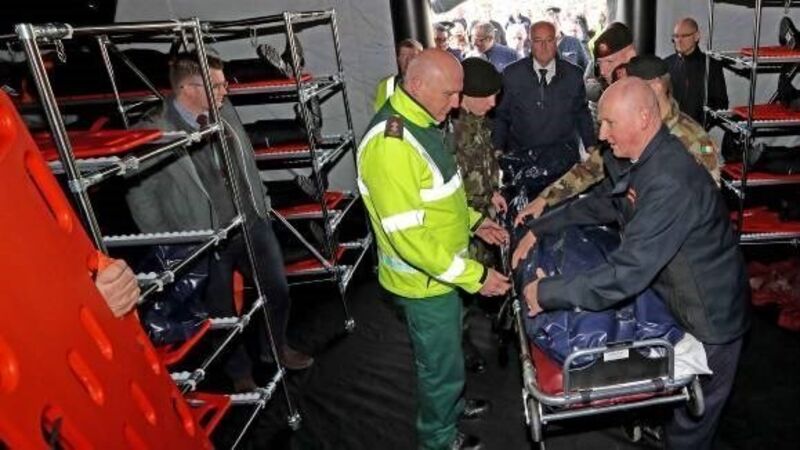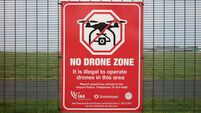Emergency services invest €125k in mobile morgue system

The emergency services have invested €125,000 in a mobile morgue and body storage system for mass fatality emergencies in the southern region.
The Flexmort system was deployed for the first time yesterday at Collins Barracks in Cork — one of two designated national mortuary sites — as part of a major inter-agency exercise involving multiple deaths following a massive explosion at a large industrial site on the outskirts of the city.













